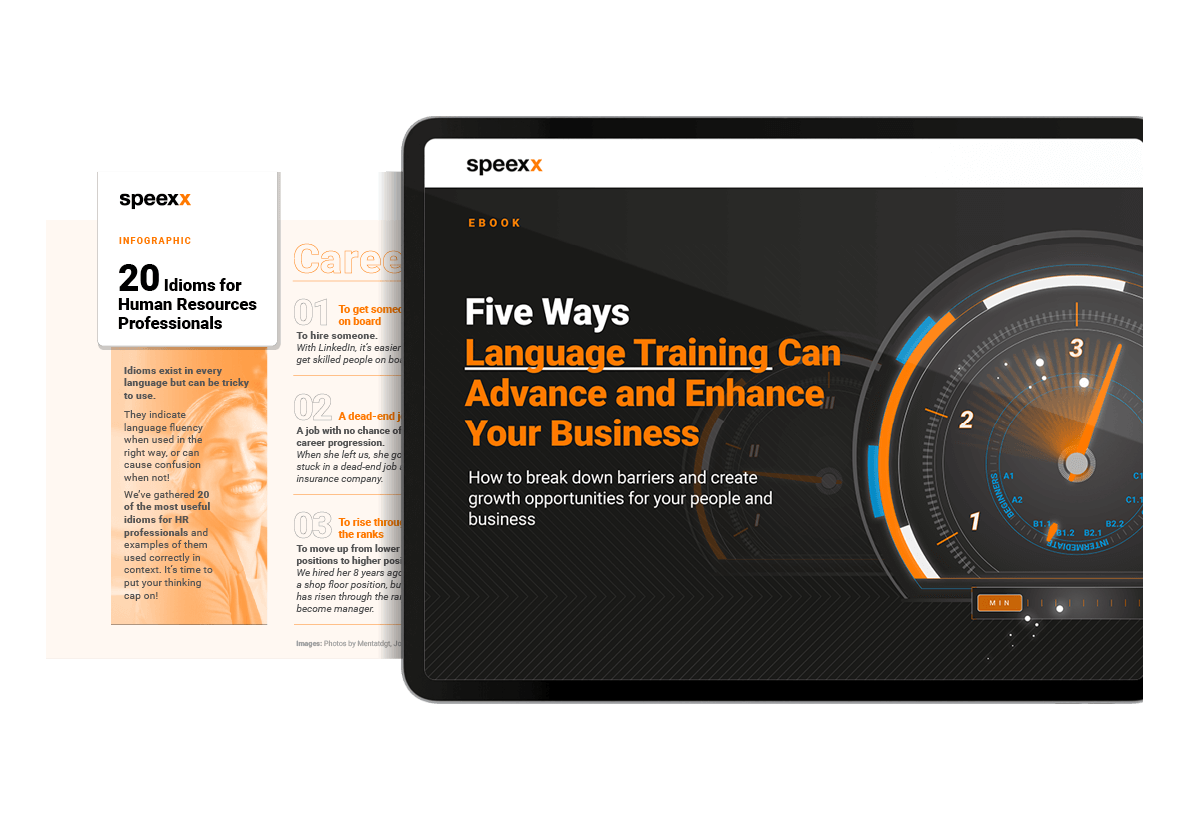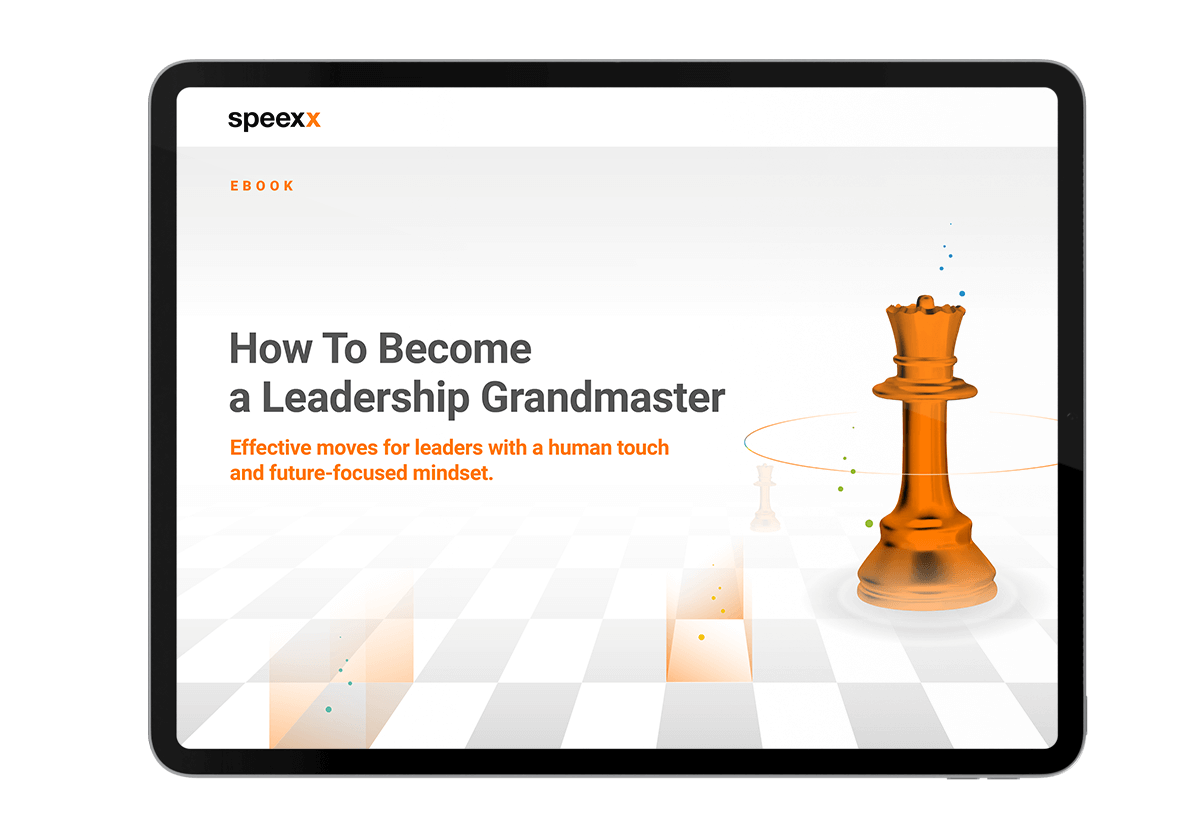What are the right metrics for success in learning and development? There’s no question that every organization strives for success, but how do you measure it? To measure the success of learning initiatives, it is first necessary to define what ‘success’ means in the context of the organization.

Key performance indicators can be used to do this. KPIs are indicators of the economic success of an organization and can be based on profit or enterprise value. In this article you will learn which KPIs are particularly suitable and why education controlling, i.e. the control and regular monitoring of (further) education measures, is so important.
Choosing the right success metrics
Companies that invest in training their employees can expect higher productivity and retention, greater profitability, and significant business success. The prerequisite? Training needs to be as effective as possible. Companies should therefore focus on learning and training activities that are based on appropriate performance indicators: In this way, the effectiveness of training programs can be accurately measured, and the programs can be optimally adjusted over time.
Choosing the right metrics is critical to measuring the effectiveness of training programs and having a positive impact on corporate culture. As Michael J. Mauboussin, author of The Success Equation, points out, choosing the wrong metrics can worsen employee performance and hinder opportunities for improvement. It is therefore important to identify appropriate and specific metrics in advance.
Ultimately, of course, the impact of training programs on the organization is crucial. Metrics such as employee or customer satisfaction, employee performance and retention rates, motivation, agility, engagement, and customer satisfaction are important indicators of the success of learning programs. By focusing on these metrics, organizations can optimize their training programs and have a positive impact on their culture and business success.

Read this eBook to find out more about language training in the workplace.
6 elements of successful learning
According to the Towards Maturity Model of Learning, there are six workflows that HR teams can use to review the success of any learning process. These steps ensure that training activities are aligned with business objectives and that success is measured in the best possible way.
- Define requirements: Learning strategies must be aligned with business strategies to meet key requirements.
- Understand users: Successful training is always learner-centered. They understand their working environment, wants, and needs.
- Consider the work environment: Corporate culture and the working environment have a major impact on success. Successful leaders strive to create an environment where learning is welcomed and encouraged.
- Develop skills: Learning interventions should respond to the needs of employees and encourage them to learn. The needs of the organization will also change over time. Policies should therefore be adapted over time to increase the chances of success.
- Encourage engagement: Organizations should encourage an open exchange between all employees involved in training
- Demonstrate added value: Companies need to provide value to their employees to motivate them. KPIs can help to understand the impact of training on individual employees and the company’s key performance indicators.
Identify key success metrics for people development
Understand the potential impact of a successful training program so you know what metrics to look for. For example, what about your organization’s specific goals for productivity, agility, engagement, and customer satisfaction?
Recording learning time and conducting tests can help measure success, but ultimately it is the impact on the organization that matters. Has employee or customer satisfaction improved, and what about employee performance and retention? These are the people development metrics that matter in the long run.
Asking the right questions when it comes to training programs
Here are some questions to help you steer your company and your training measures in the right direction.
- What are the company’s long-term goals? How can training help achieve these goals and what metrics need to be tracked to measure success?
- How are decisions about training or systems made? Who influences them and how is the data generated used? How do teams engage with learning opportunities? What tools and technologies are used and what approaches are adopted?
- How is the exchange of ideas and experience and partnership working promoted to achieve personal and economic goals?
- What are the roles and competencies of training professionals?
- What are the roles, expectations, and contributions of managers and leaders in the learning process?
- What are the roles, expectations, and contributions of each individual in the learning process?

In this eBook you will learn how to find, retain and motivate employees!
Generation Z sets new priorities (on success metrics)
GenZ is bringing a breath of fresh air to the world of work, presenting companies with new challenges in terms of people development. Having grown up with digitalization, this generation values flexibility, technology, and innovation. In addition, Generation Z employees place a high value on learning in the workplace: more and more believe that learning is the key to career success, knowing that they need to keep learning to stay current and meet the demands of their jobs.
This makes it even more important for companies to keep an eye on the right metrics and trends to tailor their workforce development to the needs of GenZ.
Key business metrics that are particularly important to GenZ:
- Employee retention: Generation Z tends to be more mobile than older generations. This makes it all the more important to retain them for the long term. According to a study by Deloitte, flexible working hours, opportunities for advancement, and the chance to work on innovative projects have a strong influence on the retention of GenZ employees. For example, 67% of GenZ employees consider training and development opportunities to be important criteria when choosing an employer.
- Microlearning: The concept of microlearning is very important to Generation Z employees. Through short, concise learning modules, GenZ employees can learn faster and more efficiently and update their knowledge in a short period. Most GenZ employees prefer this form of learning to traditional courses.
- Diversity and Inclusion: GenZ places a high value on diversity and inclusion. A study by Accenture shows that 71% of GenZ employees would choose an employer that offers a diverse and inclusive work environment.
By addressing these GenZ-specific success metrics, you can ensure that you attract and retain the best GenZ talent.

Read more about the benefits of a diverse and inclusive workforce in this white paper!
Measure (only) what matters
Learning success can only be achieved if an organization is fully committed to learning and development activities and aligns them with business objectives – and this can only work if the right metrics are tracked. According to a Speexx study on learning success, too many learning professionals focus on completion rates rather than direct business impact. Completion is important, of course, but real business impact should be the ultimate goal.
Speexx also found that only 28% of learning professionals consider employee or customer satisfaction metrics when evaluating programs, only 20% consider employee performance and only 8% consider employee retention. This is not enough. To measure success, metrics need to be more widely used in training controlling.
Influence the overall result
Today’s employees are highly motivated to improve their skills. This means that organizations are facing a high demand for training programs that will engage, retain and increase productivity.
Meeting these needs by developing an attractive and useful training program lays the foundation for positive results in your organization, including increased productivity and customer satisfaction. This is because a truly successful training program not only helps employees grow and improve but also has an impact on your company’s overall results.
A good training program will eventually pay for itself. When employees experience a sense of achievement through professional development, they recognize its value and want more. This is contagious, and learning momentum develops.
Measure the success of your training programs with Speexx
Looking for a transparent system for your company where you can easily see who needs language training or business coaching, when and why?
Speexx offers corporate language training in 13 languages and has over 20 years of experience. Speexx also offers digital business coaching where top coaches, research, and AI combine to bring out the best in your employees. Speexx Coaching™ is tailored to your company’s strategy and fully integrated into all HR and development processes – for measurable training results for your employees.
Do you have any questions about monitoring the success of your training with Speexx? We are happy to advise you!


